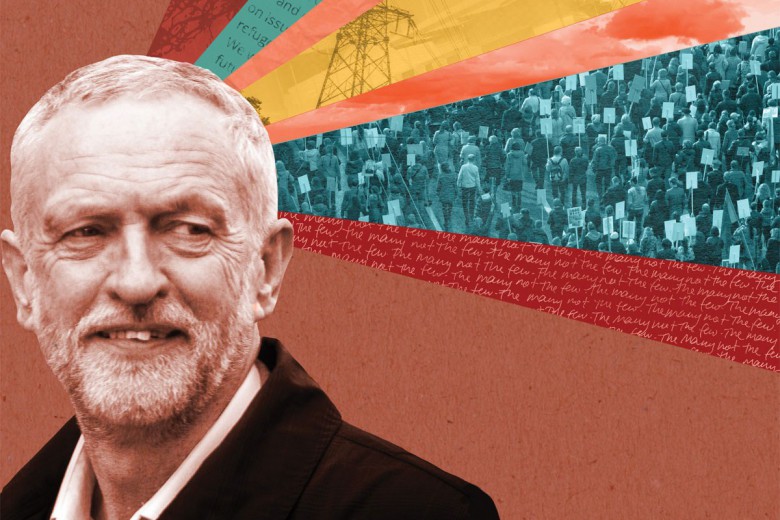As Canada celebrates 150 years as a settler state, it is important to remember that this state and its alliance with capital has never been accepted by vast numbers of people living in these territories. This timeline highlights some of the points in the strong history of resistance to both the Canadian state and capital. There is no one movement, form of resistance, or issue. The timeline does not have a singular ideology, but rather reflects the many fights for social, individual, environmental, and economic justice. It is not an exhaustive or definitive articulation of resistance in Canada, but rather a small illustration of the diversity of opposition, meant to spark inspiration for our present and future struggles.

1869 – 1870
Red River Resistance
The first uprising the new Canadian government faced following Canadian Confederation. The uprising began after a large swath of land was transferred from the Hudson’s Bay Company to the new Canadian government. The farmers and hunters, mostly Métis, saw Canadian control of their culture and land as an attack on their rights. The Métis mounted a rebellion and declared a provisional government to negotiate entering Confederation on their own terms. The uprising led to the emergence of Métis leader Louis Riel, who lived in exile after the Red River Resistance and was hanged by the government after the North-West Resistance.
1872
Printers’ Strike
The Toronto Typographical Union went on strike for a nine-hour workday
1885
North-West Rebellion
1902
Toronto streetcar strike
1912
Vancouver Island coal strike
1918
Vancouver general strike
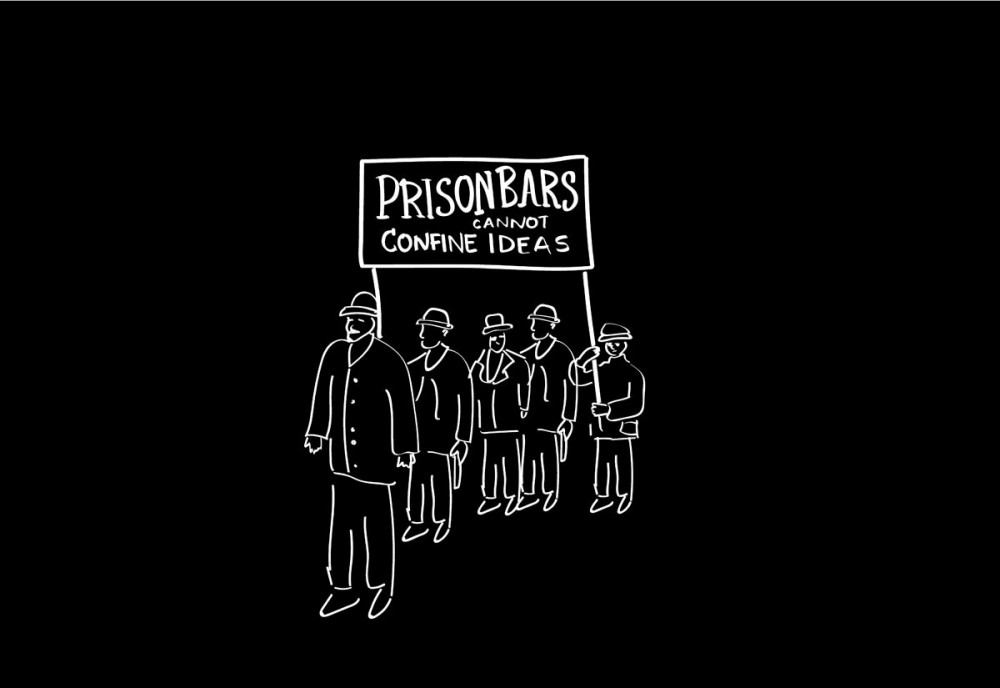
1919
Winnipeg general strike
Amid labour unrest, negotiations with trades workers for better working conditions and wages collapsed, and the workers called a general strike. When about 30,000 workers organized a demonstration, the mayor of Winnipeg read the Riot Act and the North-West Mounted Police charged into the demonstration, beating the strikers and firing shots at them in a violent day known as Bloody Saturday. Four days later, in the face of opposition from the government and employers, Central Strike Committee officially called off the strike and workers returned to their jobs.
Calgary general strike
1922
Point Pelee occupation
Fifteen members of the Caldwell First Nation occupied a cabin in Point Pelee Park, drawing attention to their land claim and the maltreatment of Indigenous peoples by the government.
1923
Sydney steelworkers’ strike
In 1923, steelworkers went on strike against the British Empire Steel Corporation to win union recognition, and the coal miners joined in a solidarity strike. Armed federal troops and provincial police were dispatched to Sydney, attacking strikers and bystanders on July 1, which became known as Bloody Sunday. The workers organized a 100 per cent strike, shutting down all operations. Ultimately, the union leadership called the workers back to work; they resisted, but their charter was removed and executive dismantled. The workers were defeated.
1925
Nova Scotia general strike
1926
Over 40 members of the Central Council of the Unemployed arrested for refusing to pay for meals
1931
Estevan riot (Black Tuesday Riot)
Coal miners, organized by the Workers’ Unity League, went on strike in southeast Saskatchewan to demand better wages and working conditions. They were met in the streets of Estevan with violent RCMP, who fatally shot three strikers, and injured and arrested others.
1935
Regina Riot
Battle of Ballantyne Pier
1937
Oshawa strike
1938
Bloody Sunday/Sitdowners’ strike
Vancouver police and the RCMP attacked about 600 demonstrators staging a sit-down strike in the main post office. Demonstrators, many homeless and unemployed, demanding work or federal relief, had occupied the buildings for six weeks. In the end, police and RCMP cleared the buildings, injuring 39 and arresting 22.
1945
Ford Windsor strike
1949
Asbestos strike
1958
Newfoundland loggers’ strike
1961
Sons of Freedom rail bridge bombing
A radical splinter group of the Doukhobors, the Sons of Freedom were known for their acts of sabotage on communications and transportation infrastructure as resistance to the pressure to assimilate into materialist Canadian culture. The railway bombing blew up a CP rail line near Nelson, B.C.
1963
Reesor Siding incident
1964
Canadian Campaign for Nuclear Disarmament staged sit-ins for nuclear disarmament in La Macaza, Quebec
1965
Postal workers’ wildcat strike
1970
Abortion Caravan
1971
Gastown riots (“The Battle of Maple Tree Square”)
Young people gathered in Gastown, Vancouver, to protest marijuana laws with a smoke-in. The protest escalated when police arrived to disperse the crowd, culminating in a massive display of police brutality. Seventy-nine people were arrested, 38 were charged.
1972
Quebec general strike
1978
INCO strike
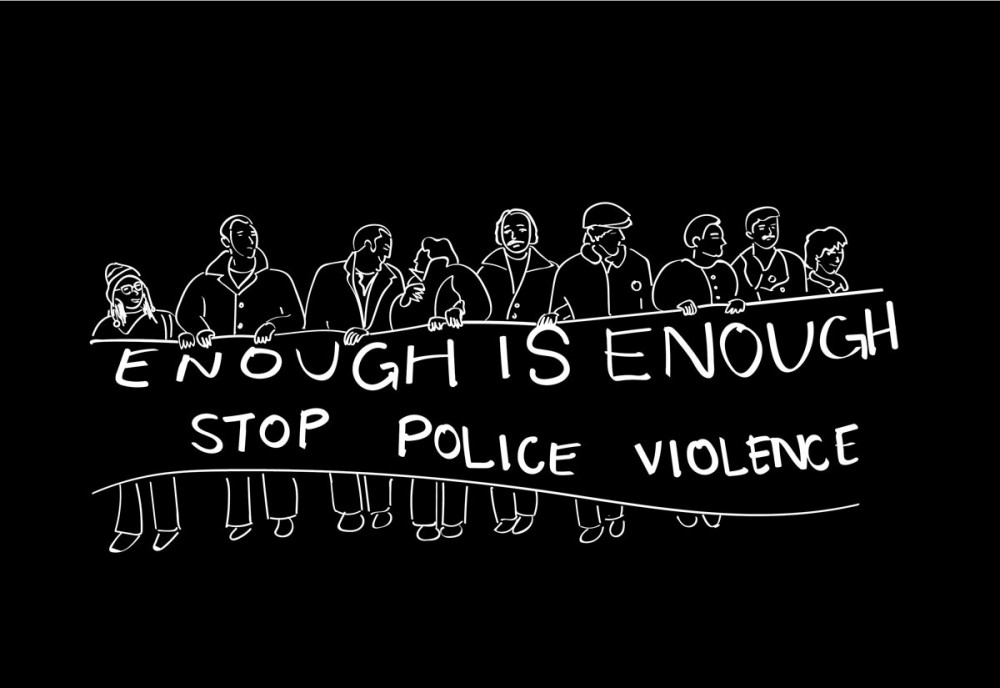
1981
Toronto bathhouse raids
Following a six-month undercover operation, 150 plainclothes police officers, wielding crowbars and sledgehammers, raided four gay bathhouses and arrested over 250 men. The raids were a watershed moment, launching Pride in Toronto and other large-scale queer liberation organizing.
1982
Squamish Five bombings
The Squamish Five was a group of individuals (Ann Hansen, Brent Taylor, Juliet Caroline Belmas, Doug Stewart, and Gerry Hannah) who undertook urban guerrilla actions. They bombed the Dunsmuir, B.C., hydro substation, causing millions of dollars in damages; Litton Industries, a defence contractor; and three franchises of Red Hot Video, a chain of video pornography stores accused of selling snuff films. All five were captured by RCMP and received sentences ranging from six years to life in prison (all are now out of prison). Upon hearing her sentence for life, Ann Hansen threw a tomato at the judge.
1985
Lyell Island blockade
1986
Gainers meatpacking strike
1988
Lubicon Lake Cree Nation set up barriers/checkpoints
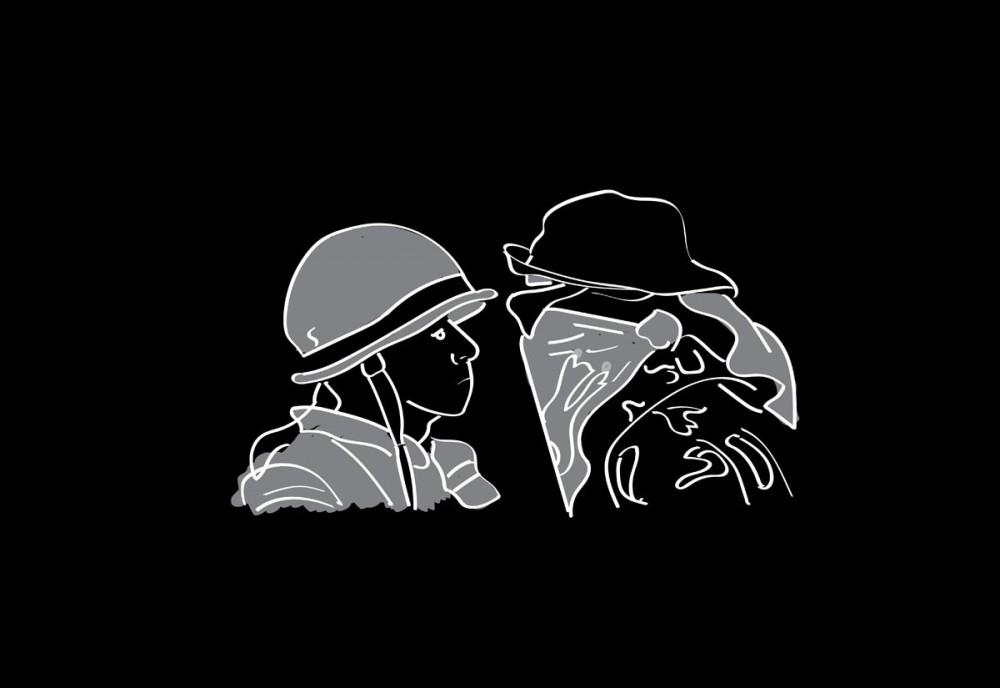
1990
Oka Resistance
Over 78 days, the Mohawk community of Kanehsatake confronted the Quebec police and Canadian army, setting up a blockade to prevent bulldozers from destroying their ancestral burial grounds for a planned golf course.
Lonefighters Society diversion of Oldman River
The Peigan Lonefighters Society, armed with a small bulldozer, a backhoe, and a dump truck, created a sharp bend in the river and diverted the water, rendering the multi-million dollar dam useless. They had accused the Canadian government of intruding on the Blackfoot Nation’s sacred land.
AIDS Prevention Street Nurses passed out free needles in Vancouver’s Downtown Eastside
1991
James Bay Cree barricade at Whapmagoostui Airport
1993
Mass civil disobedience at Clayoquot Sound
Over 850 people arrested for blockading logging roads – the largest act of civil disobedience in Canada’s history. The action is widely viewed as a success, since the area has remained largely unlogged.
1995
Gustafsen Lake standoff
Ipperwash Provincial Park occupation
Thirty people of the Chippewas of Kettle and Stony Point First Nation occupied Ipperwash Provincial Park, which had been expropriated from the First Nation in 1942 to build a military base. Two days into the occupation, an OPP sniper shot and killed Dudley George.
Earth Liberation Army torched six railway cars at the Weyerhaeuser mill in Grande Prairie, Alberta
1998
Listuguj Mi’gmaq First Nation standoff with Quebec government
1999
Mi’kmaq armed encampment at the wharf in Burnt Church
Saskatchewan Union of Nurses wildcat strike
2001
Third Summit of the Americas
2002
Asubpeeschoseewagong/Grassy Narrows First Nation logging blockade

2005
Quebec student strike
When the Quebec government introduced massive cuts to education and eliminated $103 million in bursaries, over 200,000 students took to the streets. The government ultimately reversed its decision to cut bursaries.
B.C. teachers’ wildcat strike
Air Canada ground crew workers’ wildcat strike
2006
Six Nations of the Grand River occupied “Douglas Creek Estates”
Toronto Transit Commission wildcat strike
2007
Ardoch Algonquin First Nation blockaded uranium mining site
2008
Three Encana pipelines bombed
2009
Nisichawayasihk Cree blockaded access to the Wuskwatim Generating Station
Members of the Nisichawayasihk Cree Nation blocked construction access to a 200-megawatt hydroelectric dam built by Manitoba Hydro at Taskinigup Falls on the Burntwood River. One hundred fifty workers on the site could not leave because of the blockade.
2012
Idle No More
Quebec student strike
2013
Elsipogtog First Nation blockade
Land protectors from Elsipogtog First Nation put up a barricade to prevent Southwestern Energy Company from fracking. RCMP raided a Mi’kmaq Warrior camp with police dogs and automatic weapons, attacking protectors with rubber bullets, hoses, tear gas, and pepper spray. Forty people were arrested. Solidarity protests were held across the country.
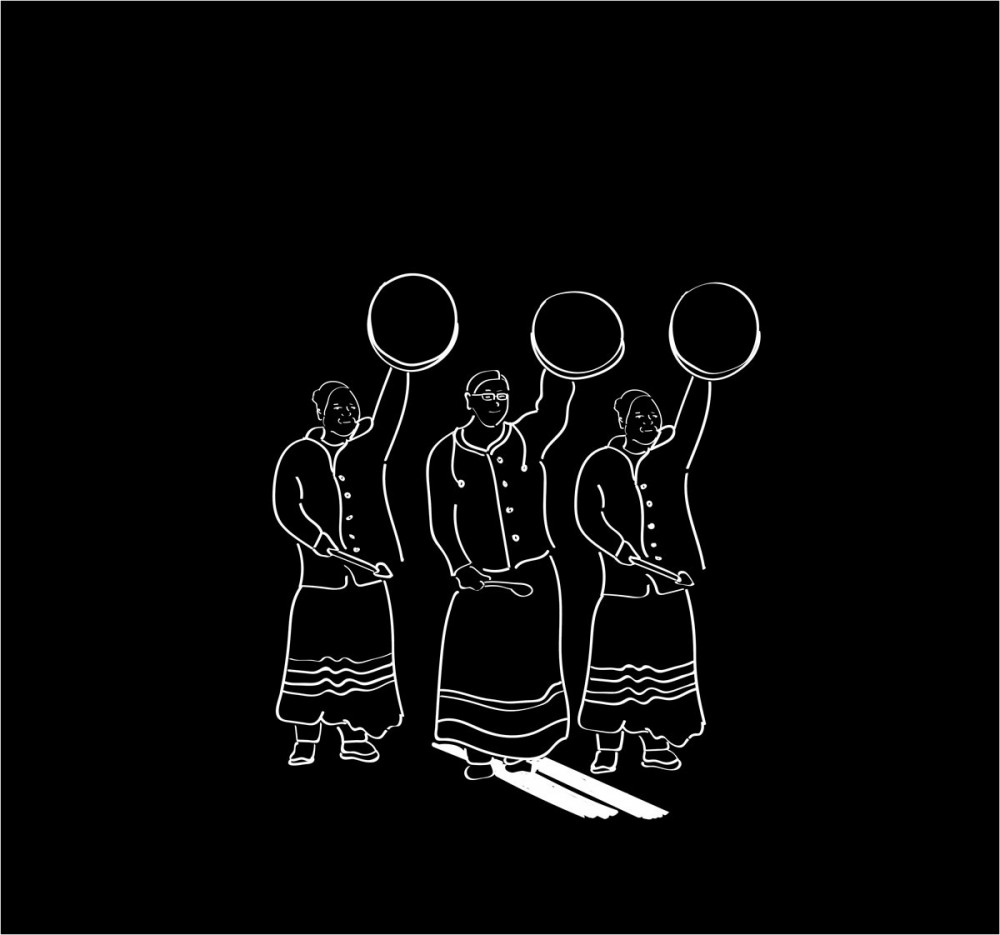
2016
Muskrat Falls hydroelectric dam blockade
Climate Direct Action turns off valves of Canada-U.S. pipelines belonging to Spectra Energy, Enbridge, TransCanada, and Kinder Morgan
2017
Northern Alberta pipeline sabotage
RCMP reported more than $500,000 worth of damage to a pipeline site north of Hythe, Alberta. Saboteurs dug up the pipes with company construction equipment while security was on site.
Note: This timeline exists in the printed issue of Briarpatch as a beautiful graphic designed by Lorraine Chuen. We suggest buying a copy or subscribing digitally to take in the full impact of the timeline.




_780_520_90_s_c1.jpg)
